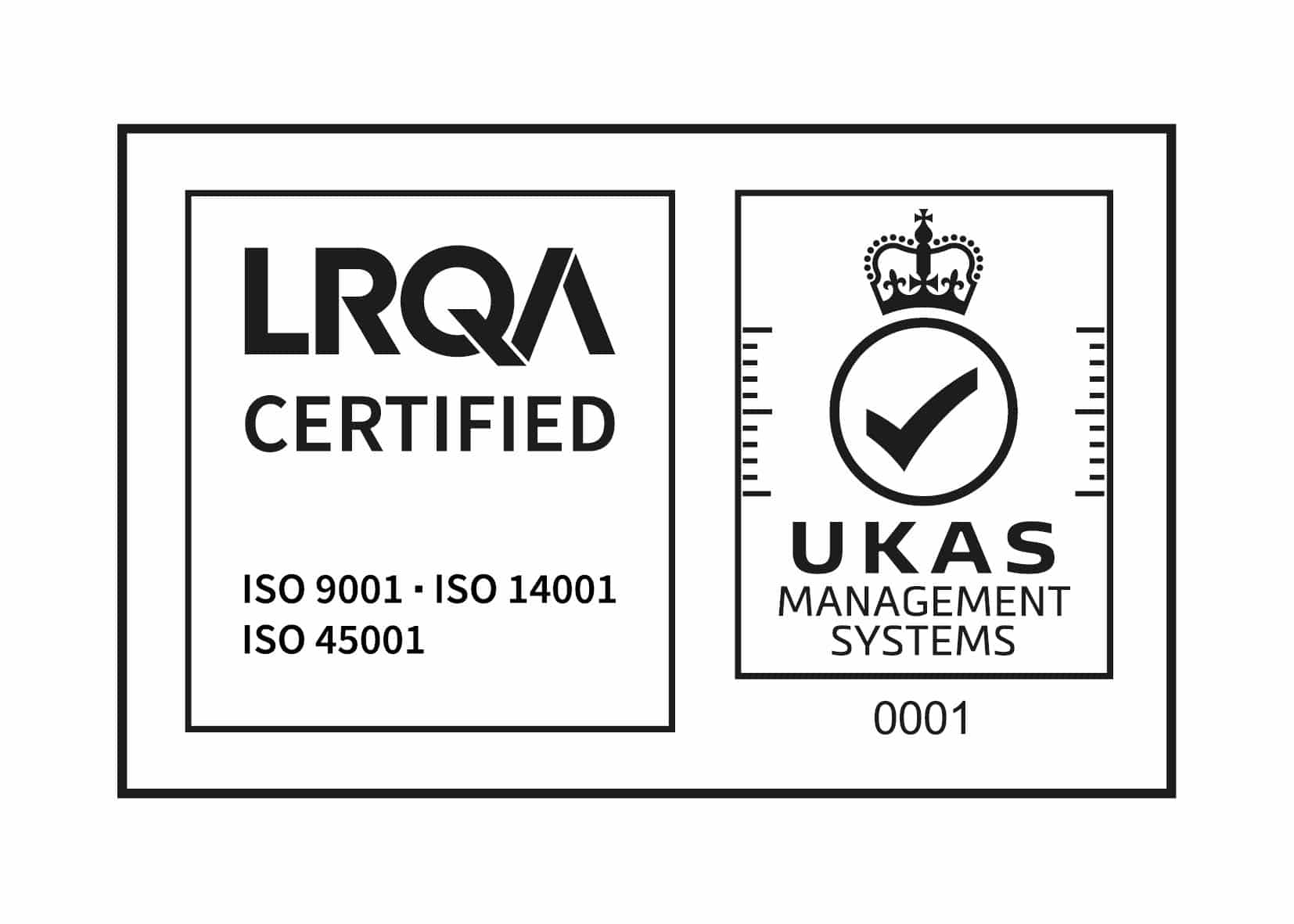What is a Supply Chain?
In the maritime context, the term “supply chain” embodies a multifaceted ecosystem that pulsates at the heart of international commerce. It encompasses a complex network of processes, resources, and stakeholders that collaborate seamlessly to facilitate the movement of goods, commodities, and products across the world’s oceans. The maritime supply chain is an intricate tapestry interweaving various stages – from sourcing raw materials to manufacturing, distribution, and final consumption.
At its essence, the maritime supply chain relies heavily on efficient port operations, containerized shipping, advanced logistics, and cutting-edge technology. Ports serve as the gateways where cargoes transition from land to sea, and vice versa. Container ships crisscross the globe, ferrying goods in standardized containers, ensuring a harmonious intermodal transition that transcends geographical barriers.
This dynamic network is a testament to globalization’s transformative power, as the supply chain integrates economies and cultures into a unified system. International trade routes, navigation technologies, and maritime regulations are harmonized to facilitate the fluid exchange of goods, contributing to economic growth, job creation, and cultural exchange.
In an era where consumer demands traverse continents, the maritime supply chain’s resilience is paramount. From ship owners and operators to manufacturers, customs officials, and technology providers, a symphony of stakeholders orchestrates the naval supply chain’s harmonious rhythm.
Read more about the supply chain:


